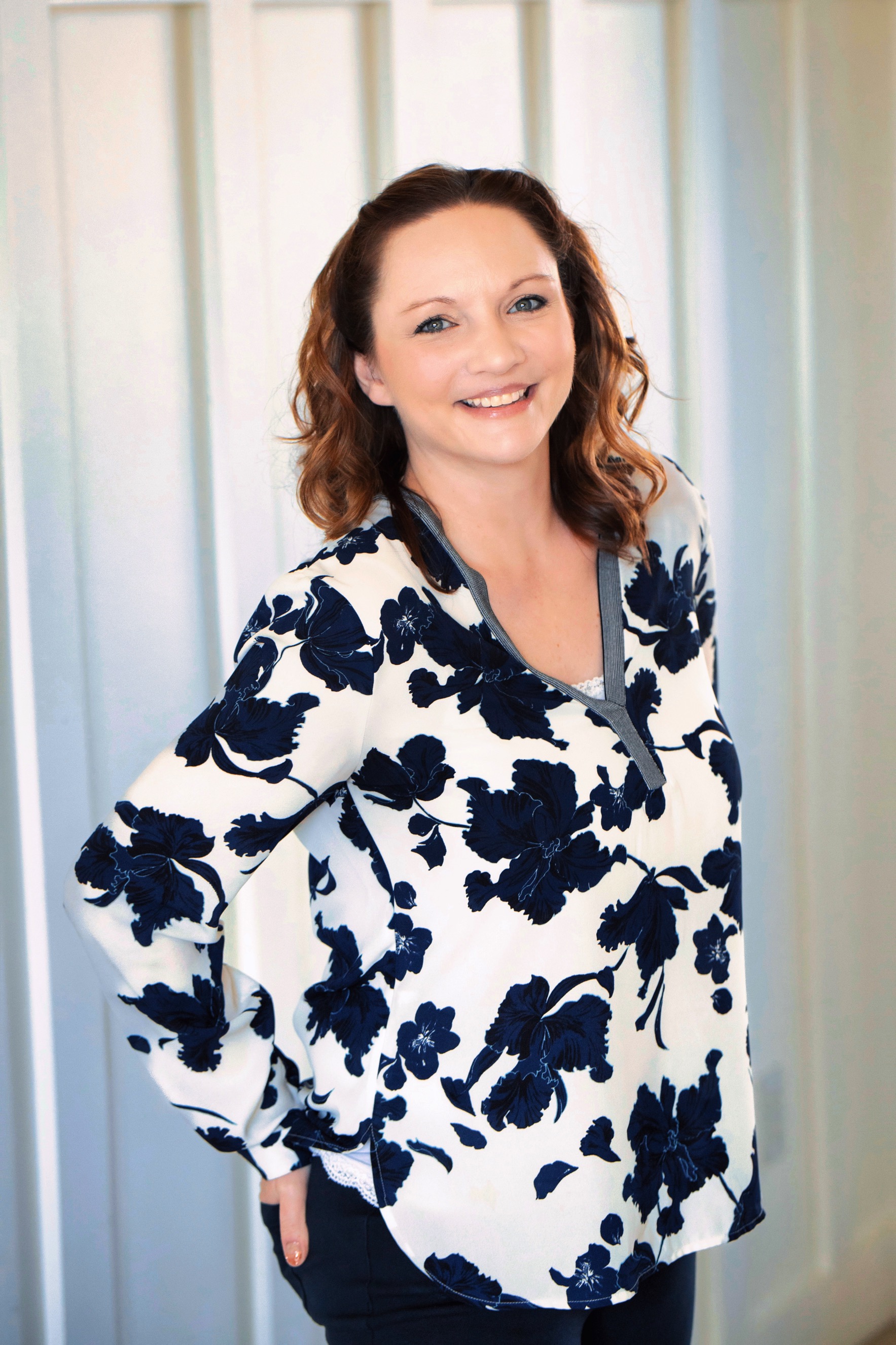Written by Lauren Faylor
Obsessive-Compulsive Disorder (OCD) is a challenging mental health condition that affects millions of people around the world. Traditionally, treatments like Exposure Therapy, Acceptance and Commitment Therapy (ACT), and Cognitive Behavioral Therapy (CBT) have been the main therapies to manage OCD symptoms. These were the methods Dr. Mark Chamberlain had been using in his practice. However, in his groundbreaking keynote presentation titled “ART for OCD – Using Accelerated Resolution Therapy to Treat Obsessive-Compulsive Struggles,” delivered at the 2024 IS-ART Conference, Dr. Chamberlain explores Accelerated Resolution Therapy (ART) as a faster, more effective, and more enjoyable approach to treating OCD.
Traditional Treatments for OCD- Why They Fall Short
Exposure Therapy, ACT, and CBT are well-established treatments for OCD, but they often require significant time and effort and can be ineffective. Dr. Chamberlain, a seasoned clinician, expressed his frustration with these traditional methods, saying, “I was getting too old to treat OCD because it takes so long.” He felt these methods were like “hacking at the branches” rather than addressing the core issues. This realization led him to explore ART, a therapy that allowed him to work more directly and effectively with scenes and sensations rather than with cognitions.
The Core of OCD Struggles
Dr. Chamberlain acknowledges that Obsessive-Compulsive Disorder (OCD) involves rigid, ingrained coping patterns rather than troubling scenes, which are often typical of PTSD.
People with OCD experience intrusive thoughts and engage in repetitive behaviors such as excessive hand-washing, checking locks, or counting. These behaviors are attempts to alleviate anxiety and prevent feared
From Around the Web
©
2024
by Rindie Eagle. All rights reserved.

